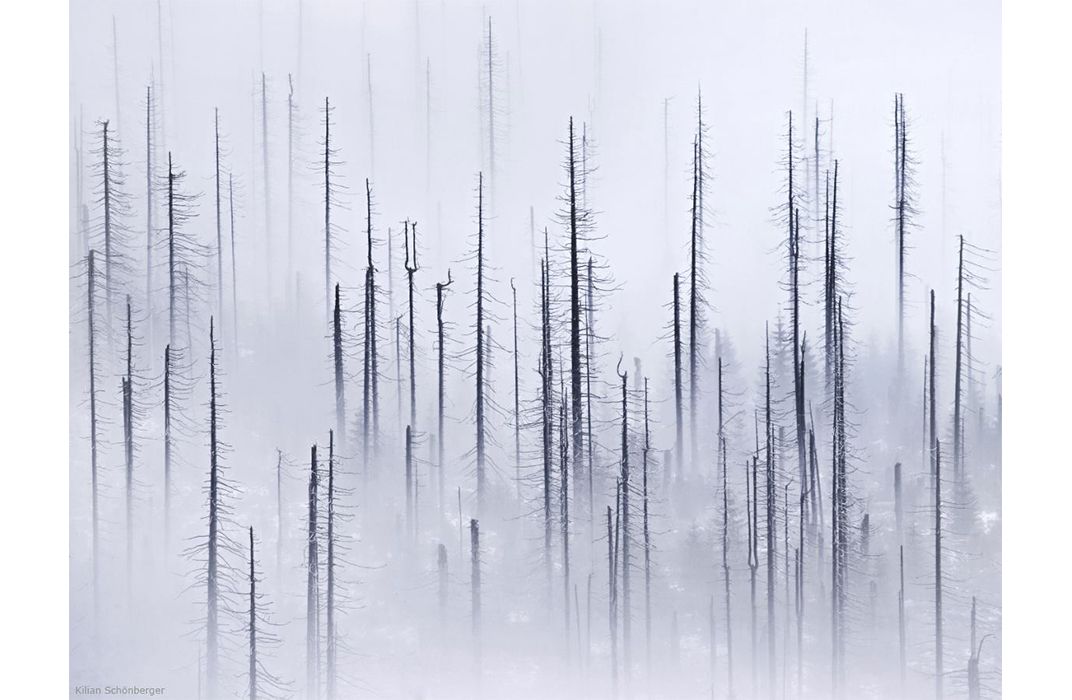Kilian Schönberger’s Stunning Landscapes
Despite being color blind, Schönberger creates awe-inspiring color photography
Capturing a snowy image of Trolltunga, a 10-meter long piece of rock protruding from 700 meters above Lake Ringedalsvatnet in Norway, was an adventure. Photographer Kilian Schönberger and two friends had to hike a 22 km round trip with a 900 meter change in elevation. During their trip, they were ambushed by heavy snow that buried tracks and trail markers. "During the summer the hike is a challenge," says Schönberger via email. With the addition of snow, and lack of snowshoes, the group was pushed to their limits to reach the landmark.
Schönberger didn't mind the effort. Braving the elements makes photography similar to meditation, he says. "Others are doing yoga. I am ascending mountains in the darkness of night, immersed in my own tranquil world, step by step." This philosophy extends to his final images, which he describes as "resting places for the eyes in an overstimulated everyday world."
Although always serene, many of Schönberger's photographs pop with color. It is somewhat surprising to learn, then, that Schönberger is color blind. He cannot distinguish green from red, magenta from grey or violet from blue. Many of his photos, such as the autumn forest series in Bavaria, radiate with these color combinations, but Schönberger thinks that part of his success comes from being able to ignore color and focus on form. "I think sometimes color blindness can be an advantage," he says, "especially in chaotic sceneries like the forest environments I like to shoot. I don't have to separate singular colors visually and can totally concentrate on the structure for a convincing image composition."
But there are definitely challenges to being color blind in a visual profession such as photography. It makes it especially difficult to create a consistent looking series, so Schönberger usually asks someone to double check the colors in his images before he publishes them. Sometimes they point things out that could potentially interrupt a composition for someone who is not color blind. In an image with a grassy shore near a mountain lake, someone once pointed out a red hiking backpack Schönberger couldn't see.
Schönberger began taking photographs in 2003 with a point and shoot camera. A year later, he spent a year near the Alps. With beautiful landscapes at his doorstep, Schönberger concentrated on composition and light control. After losing his first camera down a waterfall, Schönberger got his first DSLR camera. "Seems like my photographic passion for landscapes was present from the beginning," he says.
Schönberger has photographed in diverse environments, from the fjords of Norway to the craggy Dolomites in Italy to the Scottish Highlands, to name a few. Traveling through these diverse environments, Schönberger has found forests and mountain environments are his favorite.
To capture his beautiful landscape images, Schönberger usually stays at least two mornings and evenings at a location to find the best light and perspective. The golden hours before and after sunrise are, like many photographers', Schönberger's favorite times to photograph. "It's pure magic," according to Schönberger, and gives him the best chance to photograph animals and fog.
Of all the images Schönberger has created, his photographs from his "Cloud Forest" series are some of his favorites. The images of dead spruce trees over foggy Bavarian Forest National Park in Germany and Sumava National Park in the Czech Republic are close to home for Schönberger. "Since I spent several years of my childhood near this National Park I have a special relationship to the natural beauty of the German-Czech borderlands."

/https://tf-cmsv2-smithsonianmag-media.s3.amazonaws.com/filer/60/b0/60b0fffb-ae54-4f78-ac67-bcf2a9d171c2/01-kilian-schoenberger-.jpg)
/https://tf-cmsv2-smithsonianmag-media.s3.amazonaws.com/filer/68/c1/68c15739-2cc0-4ca4-bad3-0c73b4753748/19-kilian-schoenberger-2.jpg)
/https://tf-cmsv2-smithsonianmag-media.s3.amazonaws.com/filer/91/8e/918ee556-c0b8-469a-8e01-fa8d1f498f7b/18-kilian-schoenberger-2.jpg)
/https://tf-cmsv2-smithsonianmag-media.s3.amazonaws.com/filer/91/8d/918dbc8d-11c2-4a24-a727-3cc21a19a059/17-kilian-schoenberger-2.jpg)
/https://tf-cmsv2-smithsonianmag-media.s3.amazonaws.com/filer/45/04/4504d42e-6f68-4f2b-8eea-f0470984f8e1/16-kilian-schoenberger-2.jpg)
/https://tf-cmsv2-smithsonianmag-media.s3.amazonaws.com/filer/0e/d4/0ed49611-4268-422e-9920-4f484bdc2387/15-kilian-schoenberger-2.jpg)
/https://tf-cmsv2-smithsonianmag-media.s3.amazonaws.com/filer/5d/ae/5dae9e8d-c2df-4d6f-84d8-69e4ad9d8fec/14-kilian-schoenberger-2.jpg)
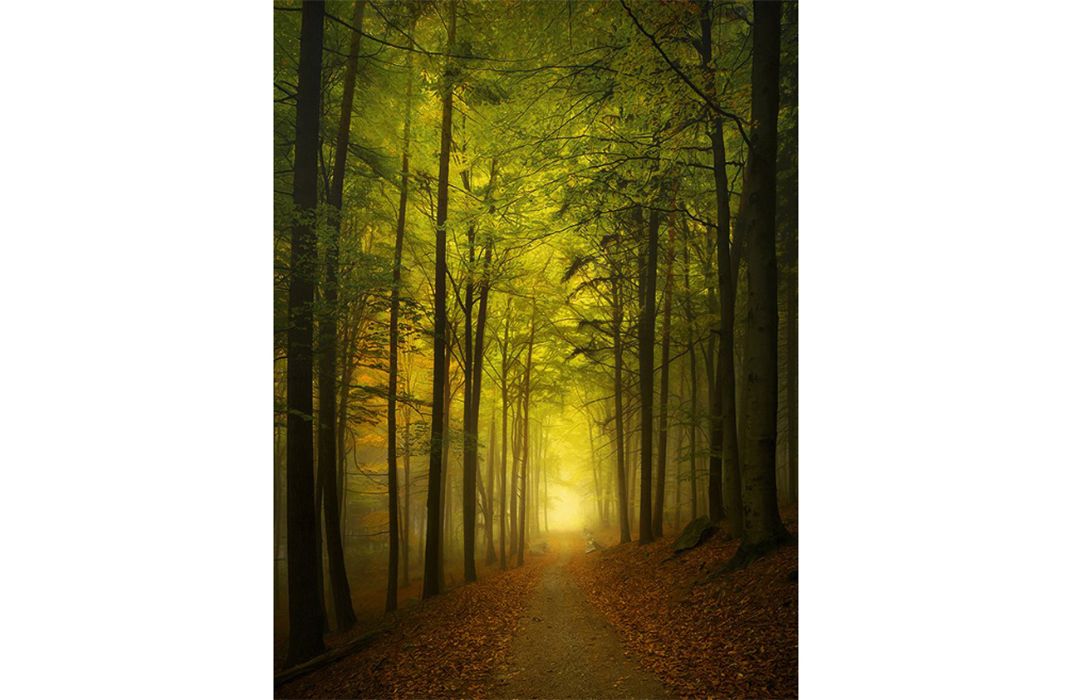
/https://tf-cmsv2-smithsonianmag-media.s3.amazonaws.com/filer/6e/0b/6e0b6d52-c4af-497d-900e-f9c02ef80478/12-kilian-schoenberger-2.jpg)
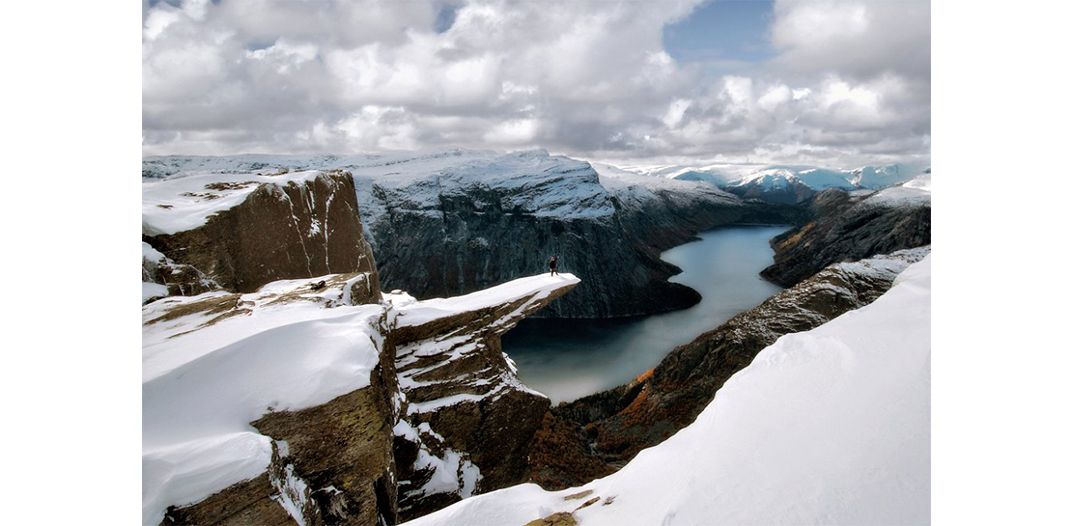
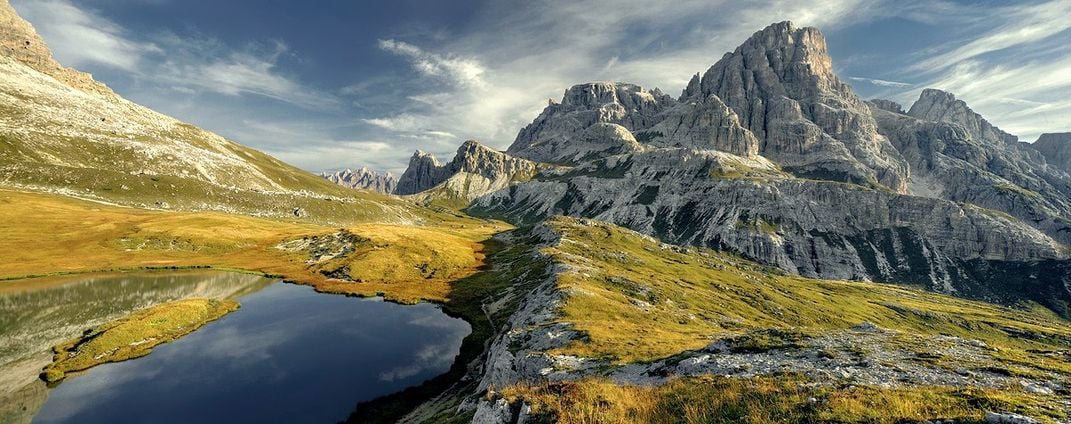
/https://tf-cmsv2-smithsonianmag-media.s3.amazonaws.com/filer/5d/51/5d516b39-ef13-48a3-a057-18f4c34f0285/09-kilian-schoenberger-2.jpg)
/https://tf-cmsv2-smithsonianmag-media.s3.amazonaws.com/filer/b9/7e/b97e463b-ae37-41a9-ab25-0d43879f7304/08-kilian-schoenberger-2.jpg)
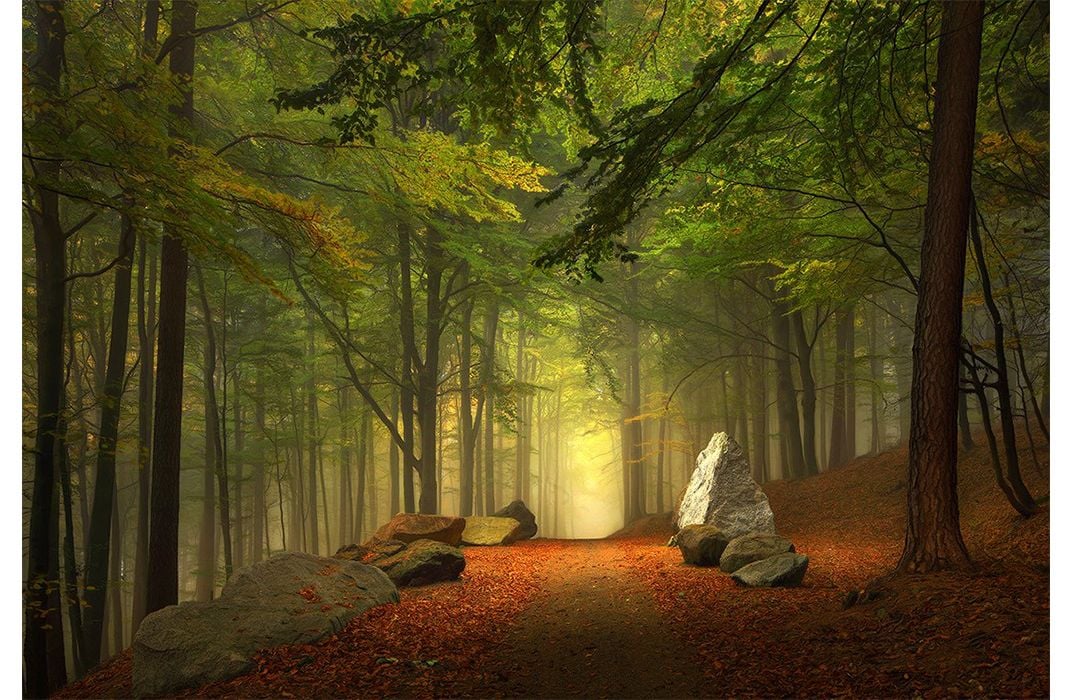
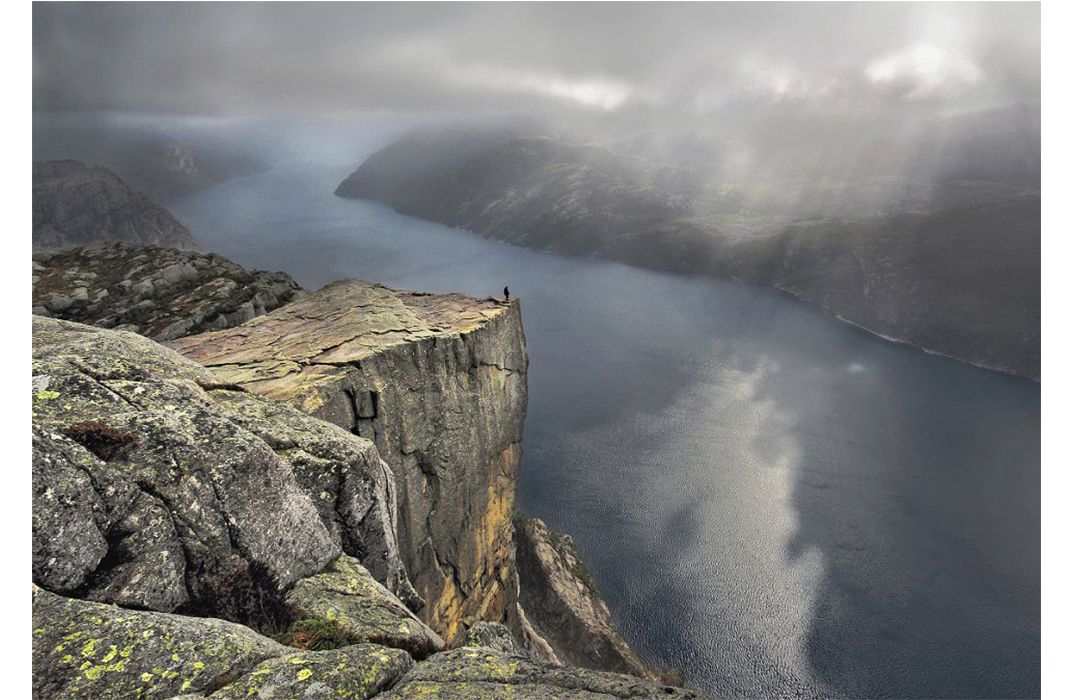
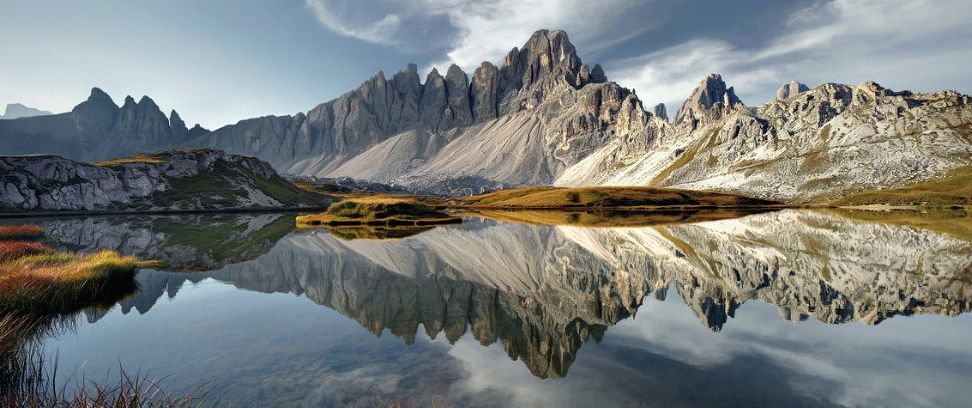
/https://tf-cmsv2-smithsonianmag-media.s3.amazonaws.com/filer/fe/95/fe95211d-e5de-4fdf-b868-18e6d66e4d8b/04-kilian-schoenberger-2.jpg)
